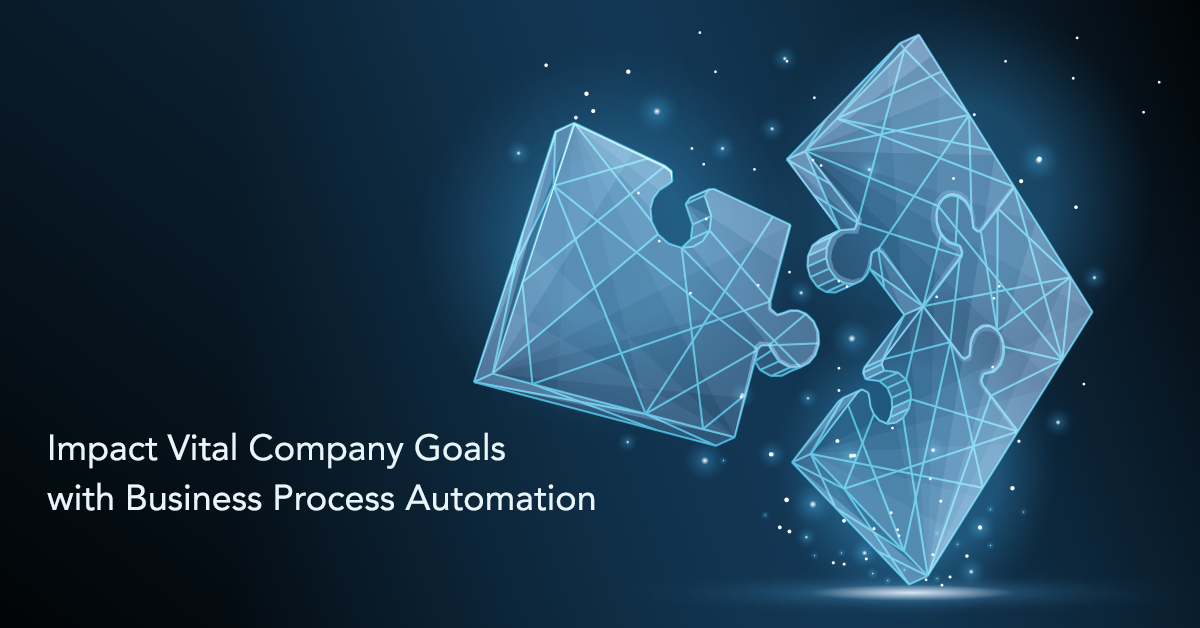Many Adept users acquire the software to improve document storage and retrieval processes. As we have reported here before, researchers have shown how up to 30% of an engineer’s time is spent looking for the right information. All too often, the right information is somewhere, on some server or colleague’s hard drive, but no one is quite sure where.
But there is more to Adept than automated document storage and retrieval — much more. Adept includes powerful tools for drawing- and document-based workflows. Organizations can use Adept to automate simple or complex engineering and business processes. Automating as many steps as possible in your existing processes helps you get products to market quicker, and get projects completed on time and under budget.
Workflow automation is all about increasing efficiency. Remove the barriers to more efficient practices in the organization, and you increase the organization’s ability to be more innovative and agile. You also lower costs by decreasing the time it takes to do important tasks. And, you set the organization up to be more receptive in the future to such “Industry 4.0” innovations as model-based engineering, digital thread, and digital twin.
If your company has considered process automation, but sees it as a big, daunting task, it is time to look at it differently. Break it down into small steps. Achieve one small improvement, savor the victory, and then look for the next incremental workflow improvement to make.
Academic researchers at the China Academy of Engineering Physics have taken a close look at using PDM and EDMS systems to automate workflow. They recommend a holistic examination of work processes based on three ideas: Construct, Control, and Interact. Let’s take a look at each one.
Step 1: Construct
“Construct” doesn’t mean create buildings, it means to define each step in your workflow that defines and organizes your business processes. The goal is to “construct” your workflow plan. For Adept users, this part is easy because there are already tools in place for the most common engineering workflows. But a separate analysis may identify aspects of your workflow that seem too trivial to automate, until you realize how they prevent you from moving into being a fully digital operation, where documents and processes are complementary. For some Adept users, that can be as simple as adding automated transmittals to their existing processes.
Step 2: Control
“Control” is the second step, where you define the actual run-time operations that activate tasks, summon resources, or control the transformation of one task to another. This step is about workflow messages, not workflow products. The intuitive user interface experience in Adept — along with its many pre-configured workflow tasks — make it easier to define and create these Control operations.
Step 3: Interact
The third step is “Interact.” Specific engineering tasks are assigned, completed, reviewed, and approved. There is interaction between management and team members, and on a digital level between authoring programs (like AutoCAD or SolidWorks) and management programs (like Adept). Looking at these parts of the operation will provide additional insight into how to more fully automate your workflow.
It only takes one successful implementation of a workflow process improvement to whet the appetite for more. Adept is built to help your organization improve performance in many ways. You can create new workflows or provide automation to existing processes that your company considers a competitive differentiator. You can accelerate approvals and provide better insight into engineering change management. You can be ready for an audit at a moment’s notice — an improvement that all by itself can justify the use of Adept. There are many more possibilities; all it takes is a few minutes to start the evaluation process.
If you’re considering how to better manage your product, facilities or plant data, contact us to learn more about how Adept can impact your organization.
Randall S. Newton is the principal analyst and managing director at Consilia Vektor, a consulting firm serving the engineering software industry. He has been directly involved in engineering software in a number of roles since 1985.



